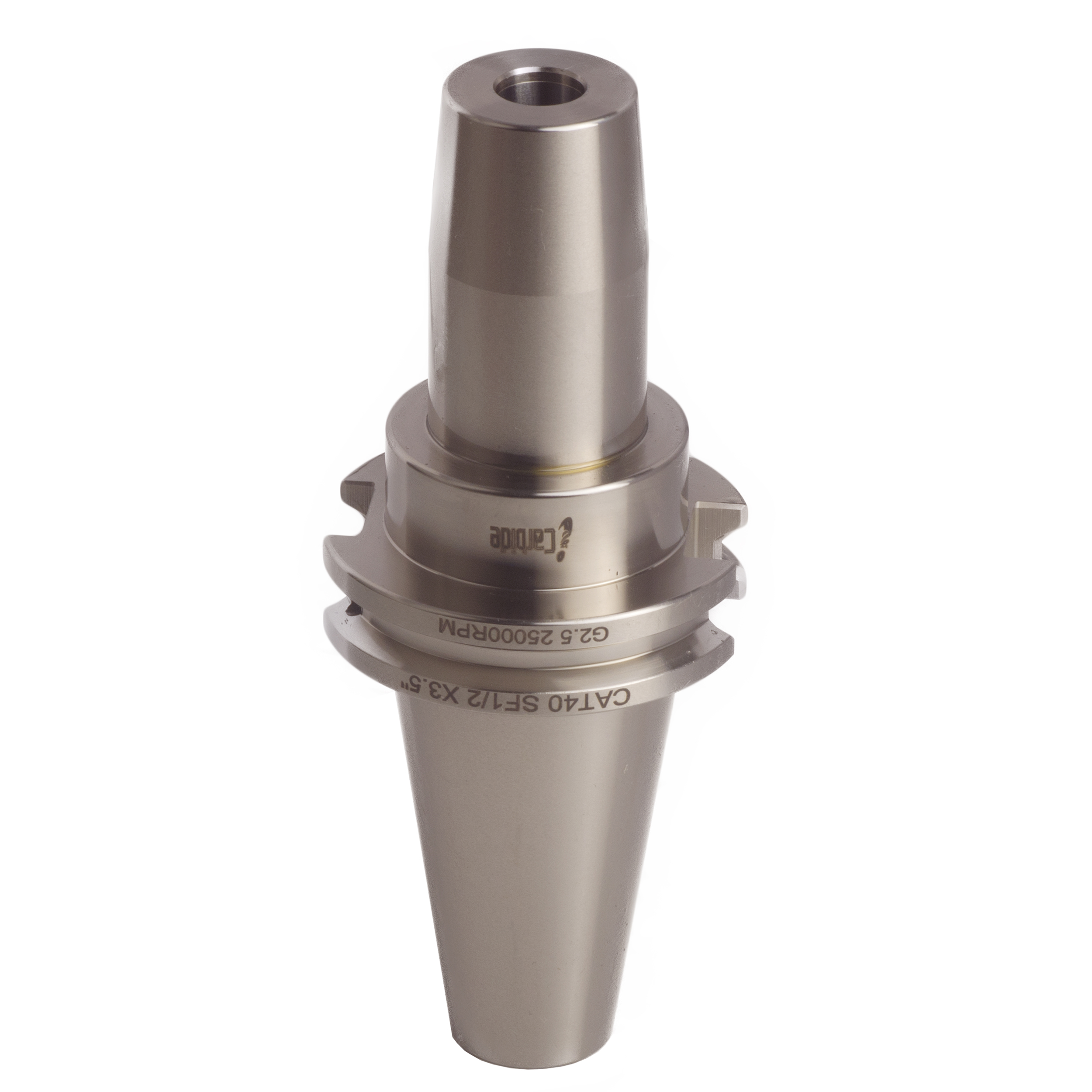Shrink fit tool holders are an integral part of the precision machining process. They offer a secure and accurate way to hold cutting tools in place during high-speed operations, which is essential for achieving precise and consistent results.
In this article, we will explore the benefits of shrink fit tool holders, how they work, and why they are crucial for modern CNC machining. We’ll also take a look at different types of shrink fit tool holders available in the market, their advantages and disadvantages, and key factors to consider when choosing one for your application.
So if you’re looking to optimize your machining process with shrink fit tool holders, keep reading!
What are Shrink Fit Tool Holders?
Shrink fit tool holders are precision-engineered tool holding systems that use thermal expansion to grip cutting tools tightly. They consist of a hollow metal body with an internal bore that matches the size and shape of the cutting tool shank, and a heating element that can generate temperatures up to 1500°F.
The cutting tool is inserted into the holder’s bore while it’s at room temperature. The holder is then heated using an induction heating system or an oven until it expands enough to allow the tool shank to slide in easily. Once the holder cools down, it contracts around the tool shank with immense force, creating a solid connection that can withstand high-speed machining forces.
Advantages of Shrink Fit Tool Holders
1. Increased Cutting Performance:
Shrink fit tool holders provide superior gripping force compared to other clamping methods such as collets or set screws. This translates into higher machining speeds and feeds, as well as improved surface finish and accuracy.
2. Better Tool Life:
Since shrink fit tool holders distribute cutting forces evenly across the entire length of the tool shank, there’s less stress on any particular point. This reduces the risk of tool breakage, chipping, or premature wear, resulting in longer tool life.
3. Reduced Runout:
Shrink fit tool holders offer exceptional runout accuracy, which is essential for precision machining. Unlike collets or set screws that may cause the cutting tool to shift during operation, shrink fit holders maintain a consistent grip on the tool shank, minimizing runout and improving surface finish.
4. Simplified Tool Changeover:
Shrink fit tool holders eliminate the need for complex clamping mechanisms or special tools required for changing tools. Once the holder cools down after heating, the cutting tool can be easily removed by hand without any additional equipment.
Types of Shrink Fit Tool Holders
There are several types of shrink fit tool holders available in the market, each designed for specific applications and cutting tools. Here are some common types you should know about:
1. Solid Carbide Shrink Fit Tool Holders:
Solid carbide shrink fit tool holders are ideal for high-speed operations and heavy-duty milling applications. They offer excellent rigidity and vibration dampening properties that help reduce chatter and improve surface finish.
2. HSK Shrink Fit Tool Holders:
HSK (Hollow Shank Taper) shrink fit tool holders are widely used in high-precision machining applications such as aerospace or medical device manufacturing. They feature a hollow shank design that allows coolant to flow through the holder, keeping the cutting area lubricated and reducing heat buildup.
3. ER Collet Shrink Fit Tool Holders:
ER collet shrink fit tool holders combine the gripping power of shrink fit technology with the flexibility of ER collets. They allow you to use different sizes of cutting tools with a single holder, eliminating the need for multiple holders or adapters.
4. CAT Shrink Fit Tool Holders:
CAT (Catalogue or ANSI Tapers) shrink fit tool holders are compatible with standard machine tapers such as CAT40 or CAT50. They offer a cost-effective solution for medium to heavy-duty machining applications.
Factors to Consider When Choosing a Shrink Fit Tool Holder
1. Cutting Tool Material:
The type of cutting tool material you’re using will determine the appropriate shrink fit holder material and heating temperature. For example, high-speed steel (HSS) tools require lower heating temperatures than carbide tools.
2. Tool Diameter and Length:
The size and length of the cutting tool should match the internal bore and length of the shrink fit holder to ensure proper gripping force and stability during operation.
3. Machine Spindle Type:
Your machine spindle taper type should match the shrink fit holder taper type for proper compatibility and performance.
4. Cooling System:
If you’re working with high-speed or high-volume applications, you may need a cooling system that can handle the heat generated by the shrink fit process. Look for holders that feature coolant-through capabilities or external cooling systems.
Conclusion
Shrink fit tool holders are an essential component of precision machining that can help improve cutting performance, tool life, and surface finish. By choosing the right type of holder based on your application needs, cutting tool material, and machine spindle type, you can achieve optimal results and maximize your productivity.
So if you want to take your machining process to the next level, consider investing in high-quality shrink fit tool holders that can deliver consistent and accurate results every time.
References:
– https://www.machiningcloud.com/article/shrink-fit-tool-holders/
– https://www.mmsonline.com/articles/how-to-select-the-right-shrink-fit-toolholder-for-your-machining-application
– https://www.sandvik.coromant.com/en-gb/knowledge/tool-holder-overview/shrink-fit-tool-holders/Pages/default.aspx




